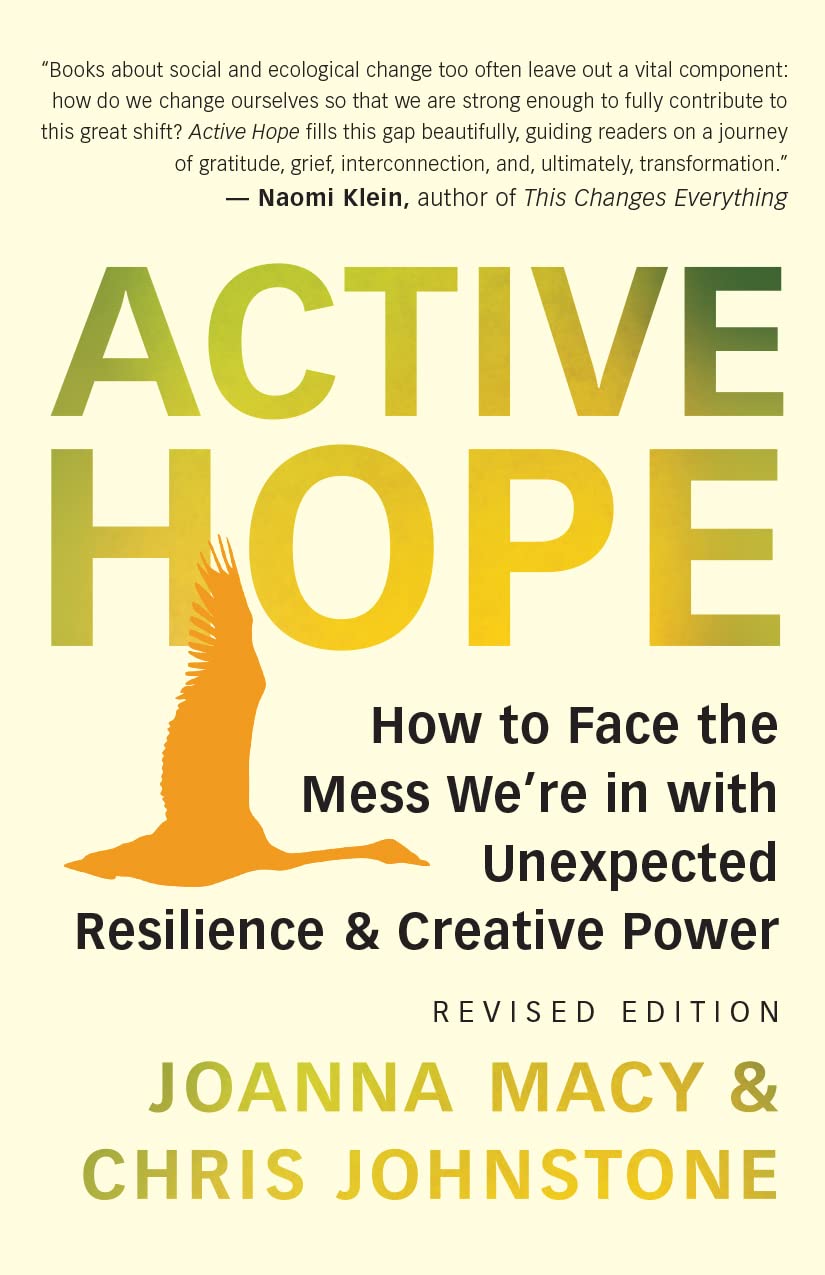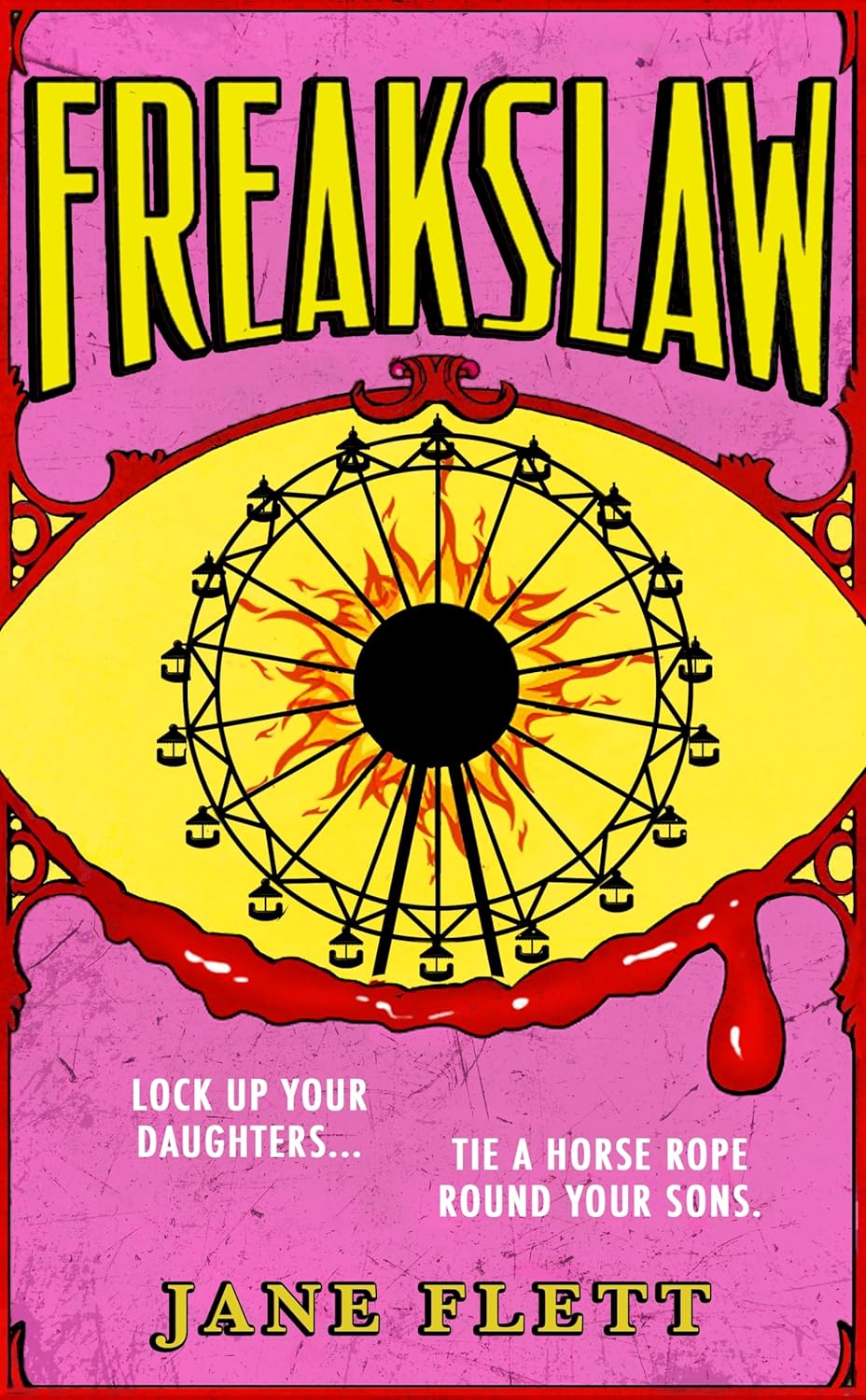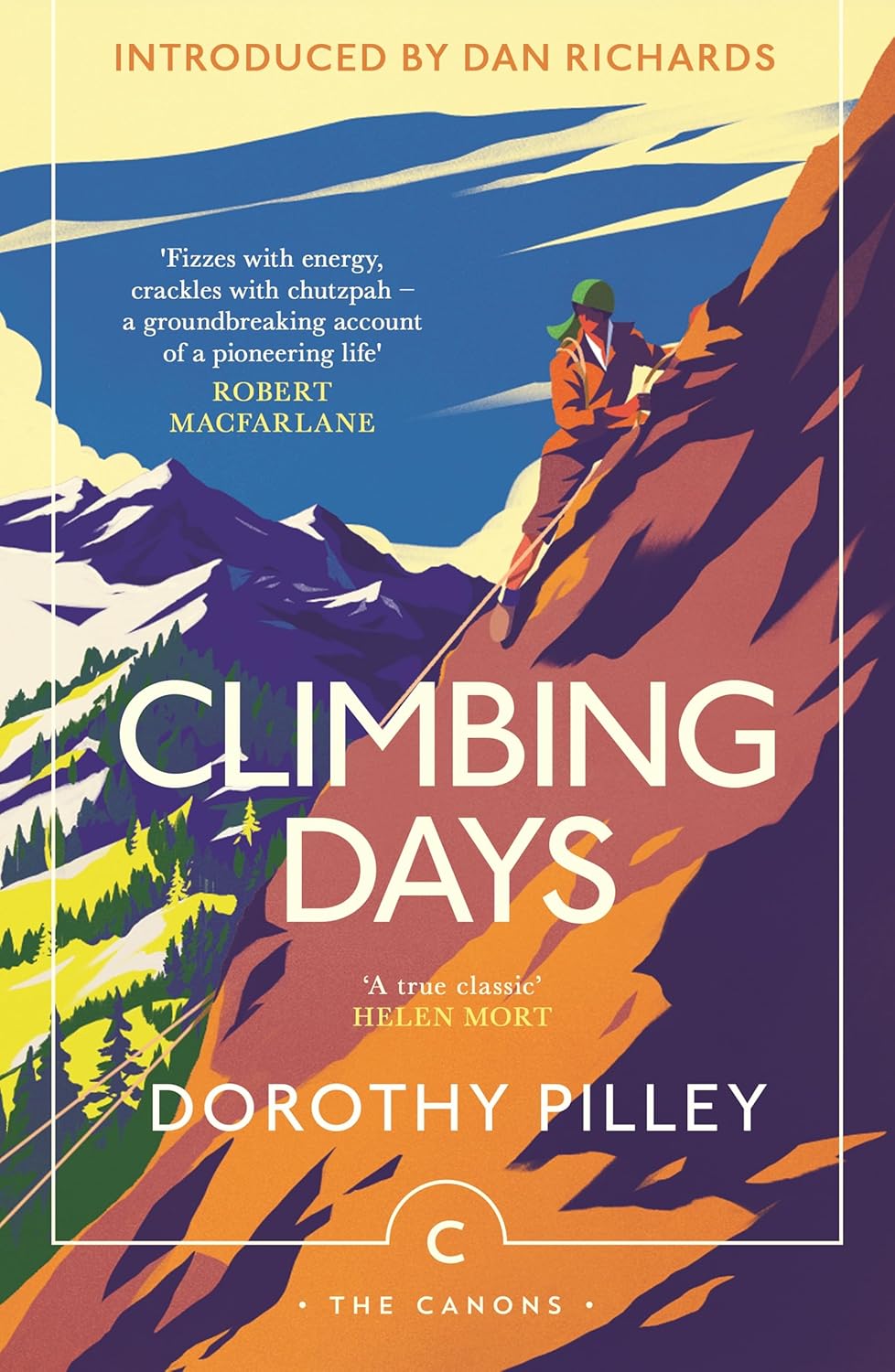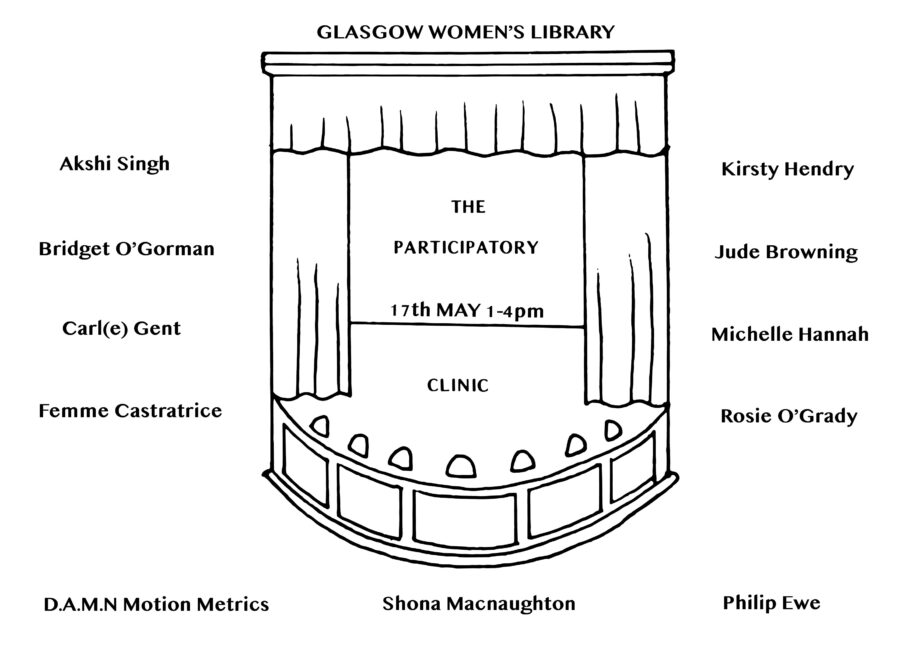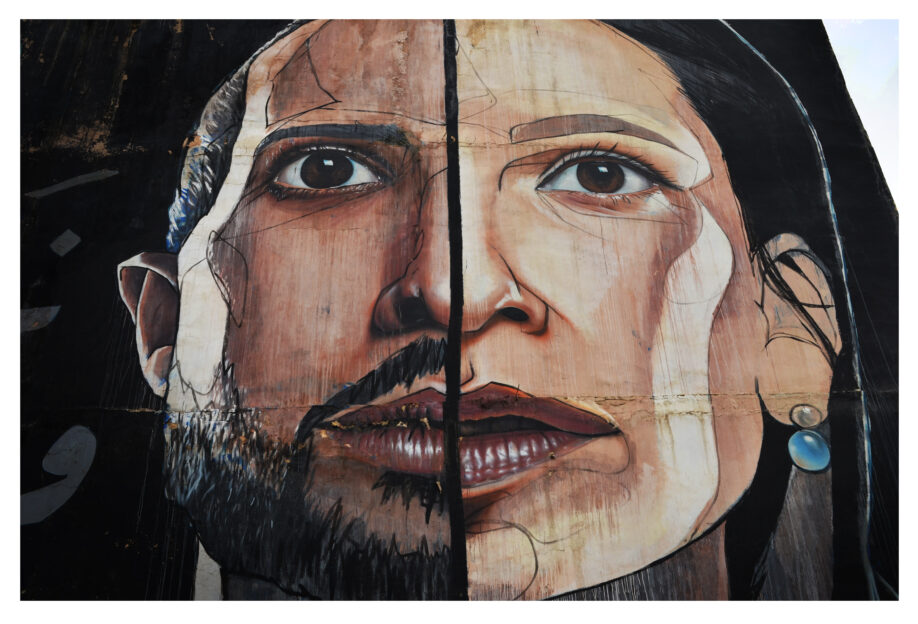The concept of Intersectionality has seldom been considered in Autistic research to its discredit. In the new book `Ultraviolet Voices-Stories of Women on the Autism Spectrum` this has set right by its Editor the psychologist Dr.Elizabeth Hurley and the many contributors who are Autistic DFAB(Designated female at birth) people. The text blends together many genres in a seamless manner such as Psychological research, oral history, life stories, interviews etc. Everyone who identifies as a woman whilst living with Autism should be given this text. Crucially it provides women with differing experiences of their condition to have a voice. Thus it appeals to both Autistic women and those wishing to receive a true picture of them. I believe if I`d had this text in my earlier years I would have felt less alone in the world and benefited from its advice and ideas. As someone dfab non-binary, asexual, with aspergers and chronic illnesses I view all of these facets of myself as interconnected not separate. In this first part the focus shall be on the intersection of gender and autism.
The book reflects on how gender affects the contributor’s experiences with autism through intersectionality as well as considering autism’s effects on people in general. Dr.Crocombe’s observation in the foreword about the challenge of ‘getting it right’ for women being doubly hard for autistic women strikes to the core of the matter .How different can the glass ceiling, misogyny or harassment be for those dealing with both these identities and what problems do they share in general with everyone on the spectrum?Throughout the contributions examples of what life is generally like with autism are put forward. The first contributor called Victoria Mason for instance describes autism as being akin to playing a game of tennis with a badminton racket. She has made her racket look as much like the others as possible, can usually keep up in a game, plays differently, needs to know the rules better than others etc. Another contributor called Jiffy used my very own analogy to describe their experiences by comparing it to being a mac computer amongst mostly pc computers. Both do the same thing ,but are designed and do it differently. Most people on the autistic spectrum know how truth these analogies feel regardless of gender. Autistic people stress again and again the fact they aren’t broken ,but just have minds/senses etc that work somewhat differently from Allistic (non-autistic) people. As long as we have support we can accomplish anything and in some ways our differences can be blessings. Seeing past societies boxes and in original ways can sometimes make the problems associated with autism worth it. Victoria also mentions the typical autistic experiances related to senses.She mentions feeling overloaded. My brother and I both have trouble with some fabrics which can be uncomfortable to the point of pain with us however I have more problems with this. Sounds, smells, touch,lights and more can be difficult for me so for instance at night I can’t sleep if someone is downstairs beneath my room in the living room as I can hear the slightness noise they make and cant tune out to it.I also wash twice a day as I feel unclean easier. Mason goes on to mention shutting down in public.A meltdown involves sensory shutdown in order to recover from overloading.Most people with autism experience these and cope with them to varying degrees. She also discusses how literal she is and empathy. Most autistic people aren’t completely literal like they’re portrayed. Some don’t get jokes, metaphors etc until they learn it. Others like myself do. My problem is with understanding people’s meaning in normal speech so for instance I can find sarcasm and double meanings hard unless they are fairly obvious. Victoria mentions believing her friends love her obsessions as much as her if they say they like the same thing. The part where she discusses empathy of mind is something a lot of autistic people will agree with. In most criteria for a spectrum disorder a lack of/problem with empathy is mentioned. The theory of mind suggests Autistic people can’t express empathy for others. The flawed test involves children being asked what is in a smarties box for instance. An autistic child will usually say smarties are within then when shown the contents are something else and asked again they’ll usually claim it’s the thing within they now know about. This is meant to suggest that autistic children can only see things from their own perspective. The problem with this test is it help perpetuate the idea that autistic people have no empathy and feelings. Empathy is actually very complicated and autistic people might just display one form of it more than the other. Cognitive empathy is the ability to understand others and their perspectives. Affective empathy involves someone’s emotions making someone else feel the same or having an emotional reaction whilst compassionate empathy involves the last two, but also the drive to help and affect the other person for the better. Cognitive and compassionate empathy can be a problem with autistic people whilst their affective empathy might be normal or excessive. In my case I usually can deal with cognitive empathy and I have compassionate empathy, but my affective empathy is overpowering and hard for me to cope with. I actually experience a rare sensory sensation in reaction to other’s pain where I feel numb and almost feel pain too. I also want to instantly make someone in pain for example feel better too. Victoria says for her empathy required learning, that allistic people can lack empathy with the autistic and that self-preservation can curb her empathy. All of this is true. Empathy is a learning process even for neurotypical people and people can treat the disabled terribly with not a hint of compassion for them. Her point about autistic people believing in justice and fairness is relevant to my own experiences too. I find it perplexing when people don’t believe in feminism, intersectionality, trans inclusionary spaces etc.Another contributor called Esther who is an artist helps show autistic experiences through her work. One piece is called ‘Raining cats and dogs’ and is a puzzle art piece meant to confuse viewers and make them considering how not understanding aspects of life can impact on autistic people. Esther’s works help real autistic feelings and experiences become material and can tell neurotypical people what it is really like. The last contributor who shows how autism affects people regardless of gender is called Emma and was born around the 70s/80s.She shows how little time has passed since autistic people were treated callously or simply weren’t diagnosed and labelled with learning disabilities. She went to a catholic school where she was caned for using her left hand etc. After stealing a tiny magnet she liked she was exposed to the school in assembly where they sang hymns then ignored her in classes with teachers also taking part. She hides in the library reading alone and through her determination eventually ends up at university where she discovered her conditions .Like many with autism Emma encounters terrible isolation, rejection, hatred and more. Something that most autistic people ,regardless of gender, sadly know about personally.
Life as a woman with autism can and does differ in many ways which will now be discussed. Examples in the text which show this are those such as most of the women discussing getting diagnoses late in life or later than their male counterparts. For instance Victoria didn’t receive one until she was in her twenties while another woman was middle aged and a mother before she found out. Most of the women say they knew there was something different about them ,but that they didn’t have a word for it. Yet again I see my own experiences represented through these examples. My brother had speech problems and extreme hyperactivity from early childhood. He received a diagnosis of dyspraxia then ADHD and Aspergers before the age of 8. My own experience in getting a diagnosis was much more difficult. I was quite a precocious child. My parents recall me being at parks and going up to people bossily telling them we were friends now and had to play the game I wanted. When the other kids left I’d be totally perplexed. Later on I just stopped being like this and became scared of other children. I became isolated and had no friends. One Easter my parents created an egg hunt in our garden and I replied to them even around the age of about 4-6 that it was ‘silly’ as the ‘Easter bunny didn’t exist.’ Small things like this confused my parents ,but would only become clear signs of aspergers with knowledge and time. In school I did very well and adored learning. My favourite subjects were those such as English, history and art. Around the age of 5 I started reading and never stopped. I would carry about five with me at any one time. I was terrible at sports however and found it very difficult holding a pen/cutlery. Our head teacher at school would grab my hands whenever I ate wrong and put them the right way. Eventually I got a diagnosis of dyspraxia ,but my aspergers diagnosis took a nervous breakdown. My brother and I moved from two schools due to bullying he endured. In our final school I was put in a class with a boy that decided to bully me. I became very depressed as the teachers couldn’t stop it or didn’t care. I reacted with anger and sadness and he had friends to always back him up so it never looked like bullying. It took to the end of the year and his blabbing to me that he’d never caught before it stopped. He got to stay in class with his friends while I was moved to another class where bullying started again. I went to a different high school to the rest of the children where I knew no one. I was slightly chubby and a bit weird looking so started to get hassled by many people. The worst incident involved a rare friend I had telling me in her class for English they’d been doing solo talks and one of my tormentors had done a piece about dogs. He discussed how there are many sub species of dogs now such as Jessica Urquhart. Everyone in the class burst into laughter and the story soon spread. In the locker room at gym I compared myself to those around me and felt disgust. I soon developed an eating disorder and dropped to about 10 or 9 stone. I savoured the compliments the neds and bullies gave me regarding my looks. I ended up extremely depressed around then too. It was during this period I finally got a diagnosis. The criteria for aspergers in general has a history of male bias. As mentioned in the book the finder of the condition Hans Aspergers studied solely young boys who he called ‘little scientists’ and claimed it didn’t exist in girls until he meet a young girl with it in the 1990s.Thus Aspergers early history involved an emphasis on it being a male condition. The condition had terrible stigma during the 20th century and still does to a degree ,but for those who are girls things were worse due to a lack of help. My condition was also discovered because in recent years new criteria had been devised for afab children. I’m the more typically aspergers out of my brother and I ,but due to my assigned sex my disorder simply couldn’t be seen. I was a lonely child who didn’t understanding socialising yet I could also appear on the surface to be neurotypical as I could do facial expressions/look people in the eyes and function in social situations.Sure I didn’t get people ,made mistakes and similar ,but on the surface I didn’t stick out. While inside the effort exhausted me. My mental collapse were also clues something was wrong and the inpatient psychiatric care I needed a sign of why early diagnoses are crucial. In the book the difference in aspergers symptoms is mentioned. Mental health problems and an ability to appear more neurotypical than males is highlighted. Girls are taught to be sociable and compassionate from birth and in aspergers this means their symptoms can appear less defined as they are good at hiding them. I have countless symptoms relevant to female aspergers such as androgynous traits, sensory being able to act at socializing, more normal obsessions,the appearance of just being a shy anxious child. The male bias in diagnosis meant however that my obvious symptoms were hard to notice. In the book other quotes which show how this male bias is are those like Mason mentioning that people have asked her if she is like characters such as Sheldon Cooper from Big Bang Theory and has been called normal for not being so. She says that media like this have a lot to answer for as they produce stereotypes of Aspergers especially in relation to women with the condition. The part about being normal asks if autistic people are all interested in physics, trains, video games etc which Victoria dismantles discussing how these are more typically masculine autistic obsessions although women can have them. It is the intensity of obsessions that are signs of aspergers. I believe this is spot on as my brother and I’s obsessions are quite gender neutral ,but very intense. Cynthia Kim’s chapter in the text also considers how autism and gender go together. She discusses her struggle to accept herself as a women for not gender conforming. She found dressing feminine unbearably uncomfortable. Her life until the diagnosis in her forties involved a lot of questioning and doubting of her womanhood and motherhood. She puts forward the idea also that the autistic brain isn’t an extreme gendered brain ,but an extreme individualistic brain. I think this is possible as my brother and I are both not overtly masculine or feminine ,but very singular. Autistic people when confident about themselves tend to be unique and open about facet of themselves. I for instance see my asexuality and non-binary gender as not abnormal yet others would. The chapter by Allison watt’s appealed to me a lot as it reminded me of my youth due to the bullying she encountered, suicidal thoughts she had to deal with and her reliance on fiction and music. Noushka in her chapter brings up the point that autistic men don’t need to worry about things like their appearance etc or even sexism so the pressure on them on individuals can be much less. Trying to cope with these things can be bad enough without the added problems caused by aspergers. She also says she developed body dysphoria and an eating disorder due to weight gain and bullying. This is something I experienced. Eating disorders have sometimes been referred to peculiarly as feminine autism due to the symptoms ,but also the fact so many with it have aspergers or discover they do later. The last contributor I’ll mention as an example is JD Scott. He is a trans man who is dfab. There are a lot people who identify as women who know how autism can connect with their gender ,but also dfab transgender people as well. Some criteria suggest autistic people can have more fluid gender identities and in recent times its became noticeable in transgender spaces that there are sizable amounts of those on the spectrum. I believe this is because autistic people are more likely to accept who they are .The possibility of a more individualized brain might play a part in this too. Sadly some however might use the connection to be transphobic and ableist. Therefore the text shows us how autism in general permeates people’s lifes ,but also sheds a light on the way a person’s gender can impact on this experience too.

